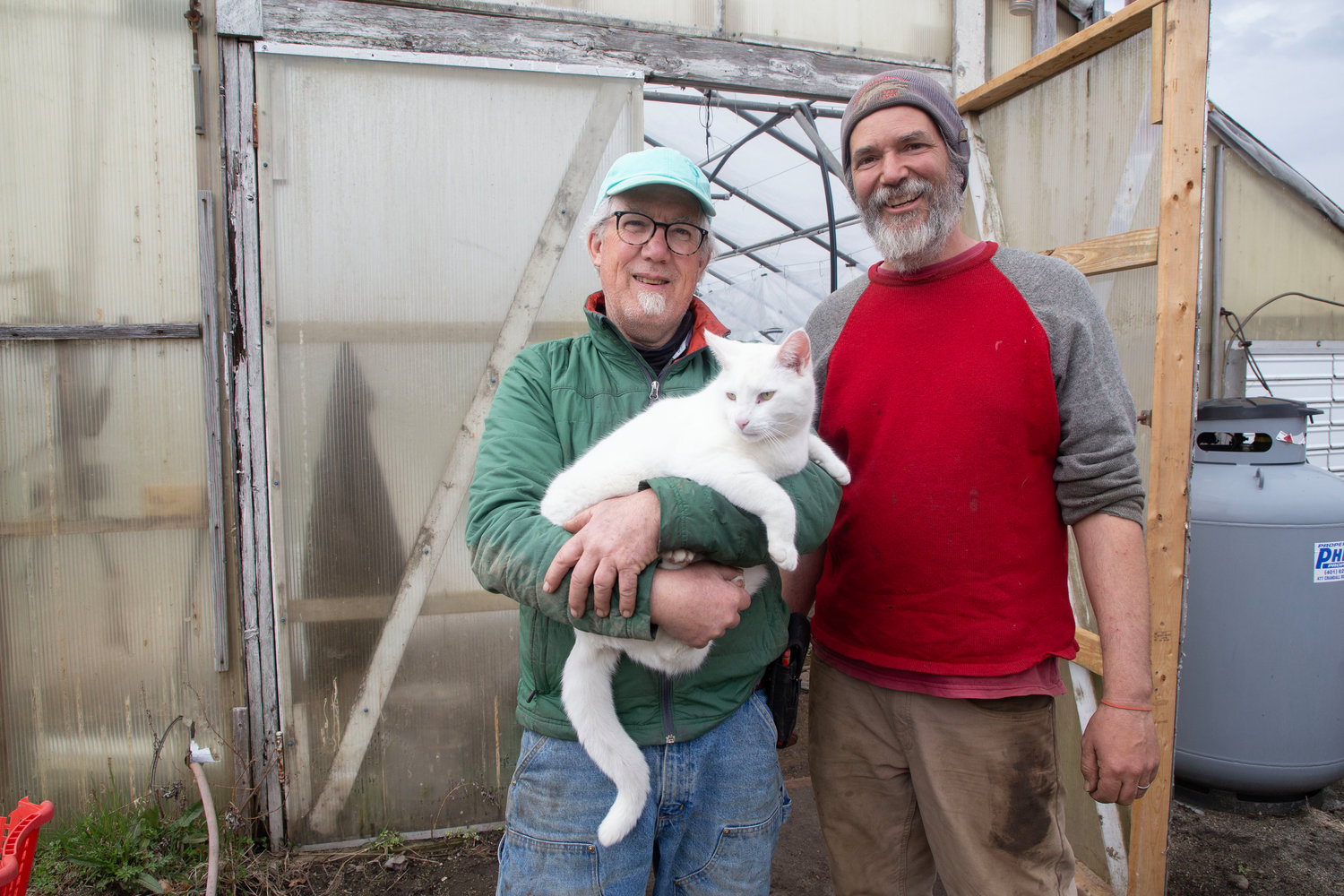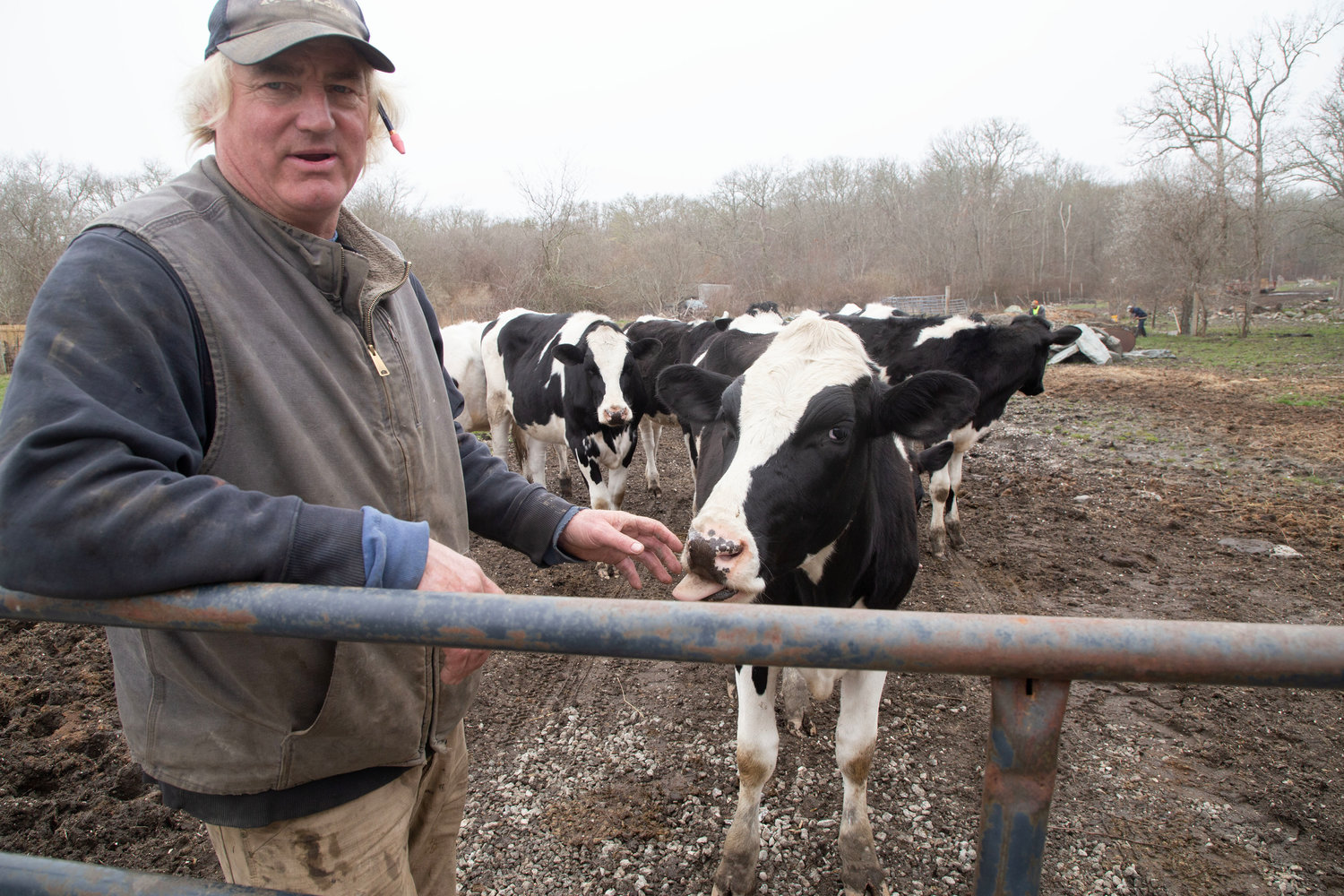Farm labor — a hard row to hoe in Little Compton
Labor costs, worker shortages and housing issues threaten agriculture here, but farmers have an idea
In an industry so historically intrinsic, a Damoclean sword seems to hang precariously over the farmers of Little Compton, much of it driven by the high cost of doing business in a place so serene …
This item is available in full to subscribers.
Please log in to continue |
Register to post eventsIf you'd like to post an event to our calendar, you can create a free account by clicking here. Note that free accounts do not have access to our subscriber-only content. |
Day pass subscribers
Are you a day pass subscriber who needs to log in? Click here to continue.
Farm labor — a hard row to hoe in Little Compton
Labor costs, worker shortages and housing issues threaten agriculture here, but farmers have an idea
In an industry so historically intrinsic, a Damoclean sword seems to hang precariously over the farmers of Little Compton, much of it driven by the high cost of doing business in a place so serene and expensive.
“It’s always been a threat,” admitted Skip Paul, co-owner of Wishing Stone Farm, regarding the labor deficit that played a prominent role in a recent state report on the lack of affordable housing in Little Compton, and the heavy toll it's taken on farmers. “But it’s been exacerbated by COVID.”
Wishing Stone Farm is one of the many local victims of the daunting labor shortage that some believe threatens the farming industry here. Despite being one of the larger commercial farms in Little Compton, Wishing Stone's scale does not make it immune to the obstacle of labor. The family-owned organic farm cultivates around 20 acres of land and claims stake to 15 greenhouse structures, a packing barn, a commercial kitchen, and a small retail marketplace. Despite such acreage, the business employs only about eight workers at the summer peak, and it's often not enough.
This year marks the farm’s 40th anniversary and, with it, a decision to scale back operations. Wishing Stone has ceased its Community Supported Agriculture, or CSA, in an attempt to “simplify a bit,” claiming that the CSA process was too tedious and time-consuming for the number of workers they employ.
The shortfall of labor has also taken a toll on Skinny Dip Farm, a smaller organic farm on six acres of land in Little Compton and Westport. This farm is smaller, younger, and split between two towns, but the problems are still the same: Too much work and not enough workers. Ben Wolbach, who owns the farm with his wife Hannah, counts seven or eight employees at their farm’s summer peak –– they consider themselves lucky, but know that they are facing a difficult truth to accept.
“Interest in farming is really low,” fellow farmer Craig Hibbad said. “I can barely make ends meet.”
Hibbad, who owns Otter Brook Farm, runs a construction company to help pay the bills and has only been able to attain two employees to help around the property.
And Laura Haverland, who owns Sweet & Salty Farm with her husband, hires “just enough”–– seven workers annually –– but admits that good help has become harder and harder not only to find, but to keep.
“We are definitely not immune to those pressures,” she said.
Why the shortage?
The reason for the worker deficit is multi-faceted, but apart from Little Compton's affordability issues, a main cause nationally is the massive upswing in the cost of labor.
“The cost of business is skyrocketing,” said Skip Paul, Wishing Stone Farm’s co-owner. “Labor is 64 percent of our cost.”
The housing problem
Labor costs are not the only obstacle standing in the way of the town’s farm owners. Besides being unable to afford good workers, Little Compton falls outside the job-search radius of most of the region’s eligible candidates, and finding local lodging for farm help is near impossible, as was noted in a HousingWorks RI study of the local market released in December.
“We want to hire and keep around skilled and valuable workers,” Wolbach stated, looking back on the countless online job advertisements that relentlessly proved unfruitful. The farm owner pointed out that most people are unwilling to put in the 10 or more hours of work that the job necessitates and then tack on the additional hour of commute onto each end of the shift.
“We’ve tried that before and we just see the quality of work tank,” Wolbach said. “After a few days of that, [the workers] are toast. I can’t feel right asking that of a worker that lives in Providence or someplace far. It’s easier to ask more of a local worker because it’s the difference between driving five minutes to the beach at the end of the day and driving all the way back up to Providence.”
“We need more people,” agreed Skip Paul, who realized too that his farm is missing out on opportunities to hire good, qualified workers. “We need more skilled people.”
Farmers propose partial solution
The problem is serious, but the two farmers are not without ideas.
Last week, Wolbach and Paul proposed an idea –– first to the town’s planning board and then to the town council –– for a solution whose success could be observed in real-time from farms in neighboring towns and regions: Farm labor housing.
Whether in Winnebago or trendy tiny home, farm workers would be given the opportunity to nix their daily commute and opt instead to sleep where they sow, taking working from home to a whole new level. The details could vary from farmer to farmer, but Paul and Wolbach agree that the temporary dwellings would cut the worker’s cost of rent and food almost entirely and should be utilized for around nine months a year around the farm’s peak operation period.
“We’ve begun doing this already,” Wolbach said, referring to his purchase of a home adjacent to Skinny Dip Farm which he uses to house a handful of his workers.
“We have found it immensely helpful in keeping those useful folks around. It’s enough to make a real significant difference.”
The idea is in a formative state –– the kinks are by no means worked out –– but it offers a great deal of hope to local farmers struggling with the obtention of valuable laborers, they said.
“It’s going to be an evolutionary process,” said Paul, who believes that a three-year trial period is necessary to assure the plan’s usefulness and to protect the farm against financial risk.
When met with the plan, town officials said the developing farm labor housing solution could be a step in the right direction.
“We are in your corner,” stated town councillor Andrew Iriarte-Moore, welcoming the proposed plan to the jurisdiction of the town council. “We want something done.”












